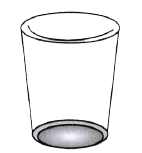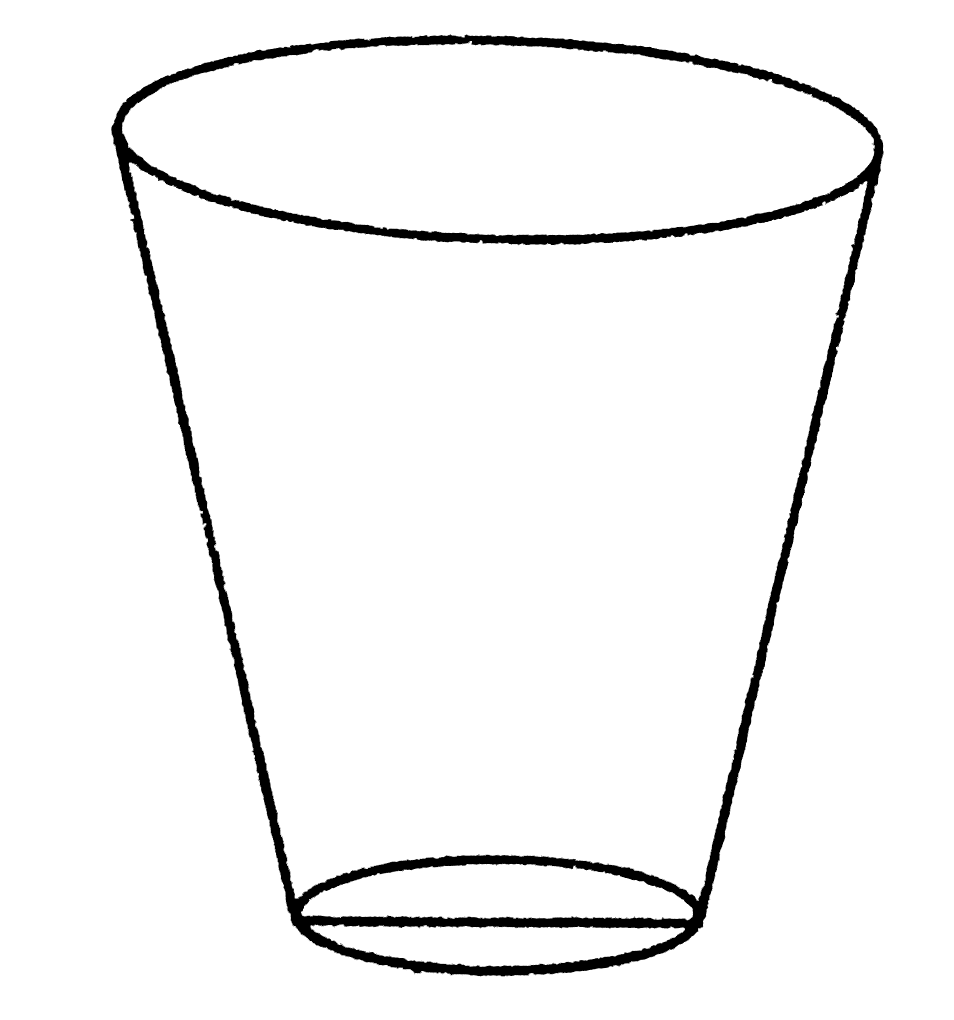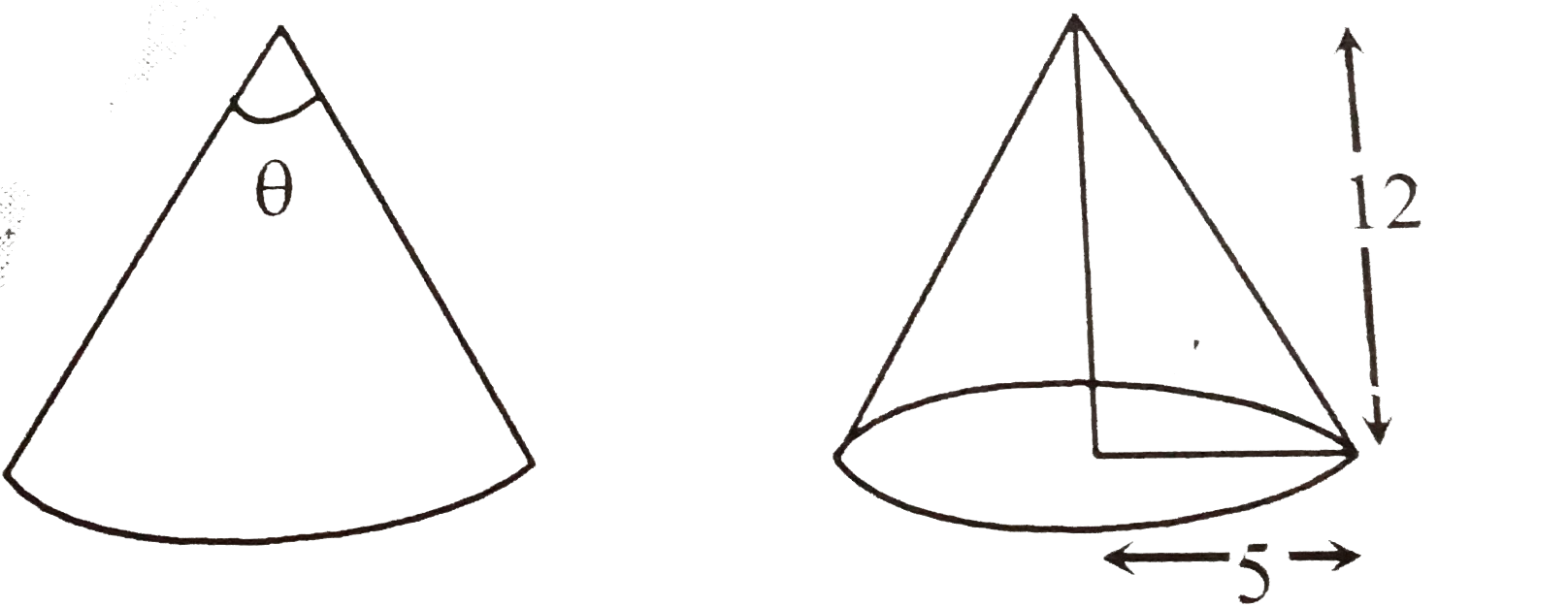The shape of a glass (tumbler) (see Figure) is usually in the form of

A
a cone
B
frustum of a cone
C
a cylinder
D
a sphere
Video Solution
Text Solution
The correct Answer is:B
|
Answer
Step by step video & image solution for The shape of a glass (tumbler) (see Figure) is usually in the form of by Maths experts to help you in doubts & scoring excellent marks in Class 10 exams.
Updated on:21/07/2023
Topper's Solved these Questions
- BOOK - OSWAL PUBLICATIONCHAPTER - SURFACE AREAS AND VOLUMES EXERCISE - NCERT EXEMPLAR (EXERCISE-13.2)8videos
SURFACE AREAS AND VOLUMES
- BOOK - OSWAL PUBLICATIONCHAPTER - SURFACE AREAS AND VOLUMES EXERCISE - NCERT EXEMPLAR (EXERCISE-13.3)14videos
SURFACE AREAS AND VOLUMES
- BOOK - OSWAL PUBLICATIONCHAPTER - SURFACE AREAS AND VOLUMES EXERCISE - NCERT CORNER (EXERCISE -13.5)7videos
SURFACE AREAS AND VOLUMES
- BOOK - OSWAL PUBLICATIONCHAPTER - STATISTICSEXERCISE - Assertion and Reasoning Based Questions2videos
STATISTICS
- BOOK - OSWAL PUBLICATIONCHAPTER - TRIANGLESEXERCISE - Self Assessment4videos
TRIANGLES
Similar Questions
Knowledge Check
- Question 1 - Select One
The shape of a glass (trumbler) (see figure ) is usually in the form of
 Aa coneBfrustum of a coneCa cylinderDa sphere
Aa coneBfrustum of a coneCa cylinderDa sphere - Question 2 - Select One
Usually lanthanide forms
Aionic compoundsBcovalent compoundsCco-ordinate compoundsDchelate compounds - Question 3 - Select One
Usually lanthanides form
Aionic bondBcovalent bondCco-ordinate bondDhydrogen bond
The current i in the circuit (see figure) is:
 View Solution
View SolutionShape of protoplast in culture medium is usually:
View SolutionA piece of paper in the shape of a sector of a circle (see Fig. 1) is rolled up to form a right- circular cone (see Fig. 2). The value of the angle θ is.
 View Solution
View SolutionThe usual form of 100a + b + 10c is
View SolutionThe usual shape of growth curve is
View Solution


